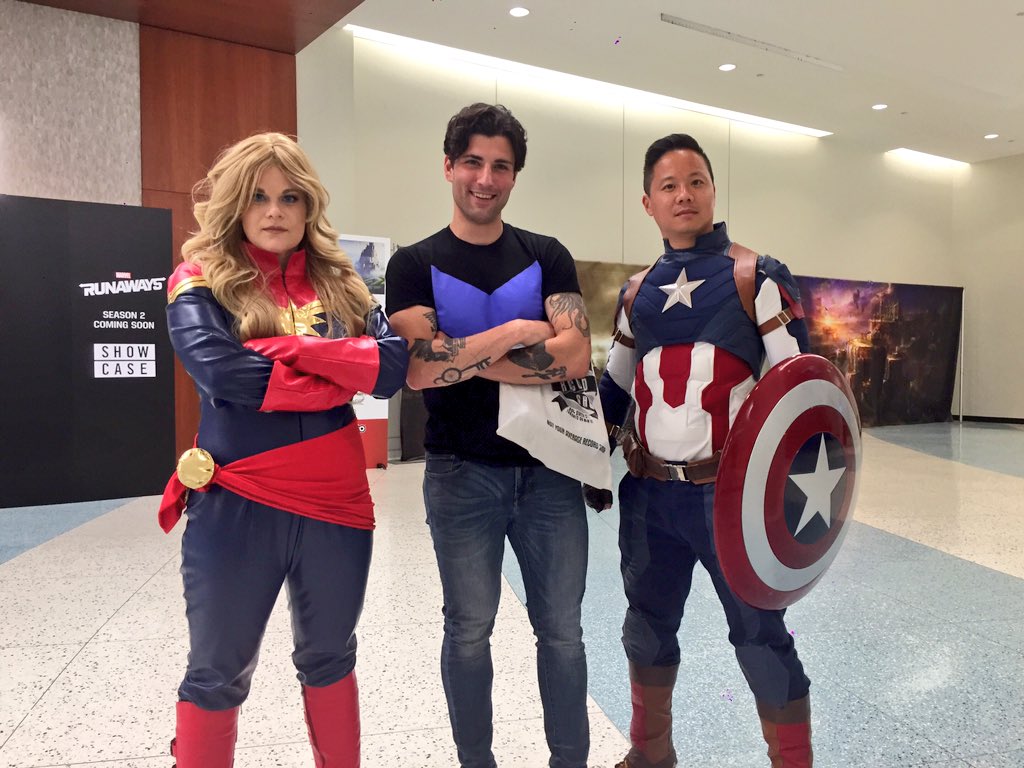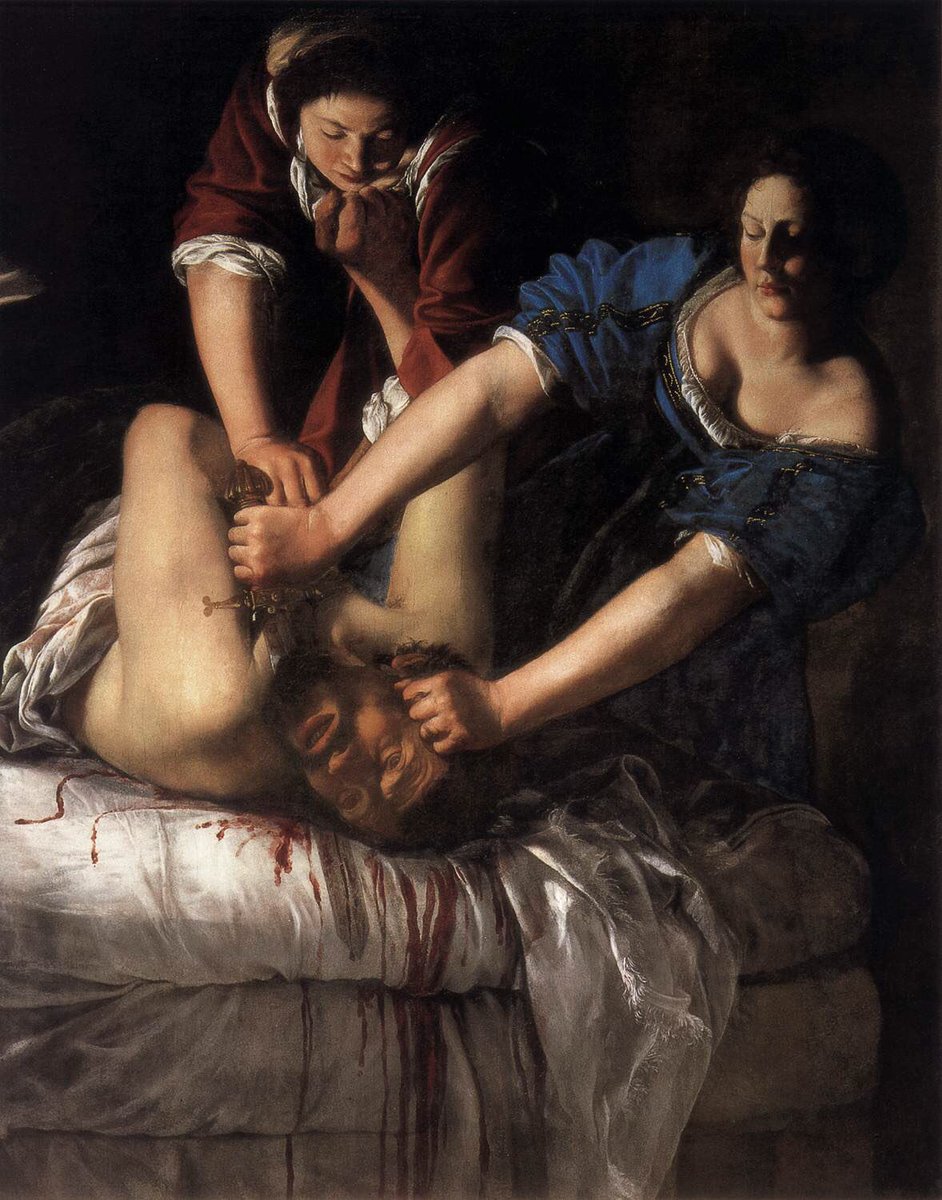oh look it's the @TOGaymers ! 

god bless this salty Maleficent (roaming.biped on insta!) #FanExpo 

guess the secret's out! join us for #Snailoween this Halloween! (spot your boys in the pic!) #FanExpo 

fan: Do you have any advice you'd like to give people?
@DeedeeMagnoHall (the voice of #StevenUniverse's Pearl): "Do it for YOU."
@DeedeeMagnoHall (the voice of #StevenUniverse's Pearl): "Do it for YOU."

he's so excited about buying this he won't even stop talking long enough for me to take a picture. #FanExpo 

• • •
Missing some Tweet in this thread? You can try to
force a refresh




































